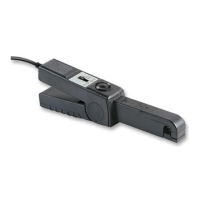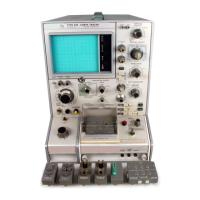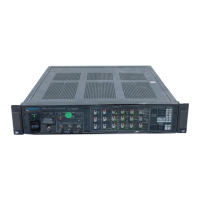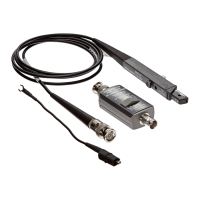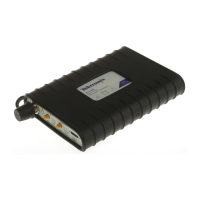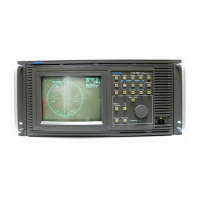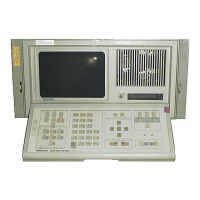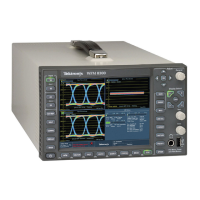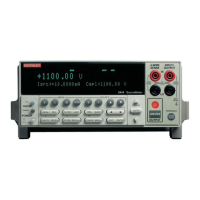cloth or small brush. Remove dirt that remains with a soft
When ordering replacement parts from Tektronix, Inc.,
cloth dampened in
amild detergent and water solution. Do
include the following information:
not use abrasive cleaners.
1.
Instrument type and option number.
2.
I
nstrument serial number.
To clean the front panel use freon, isopropyl alcohol,
3.
A description of the part (if electrical, include
or denatured ethyl alcohol. Do not use petroleum
complete circuit number).
based cleansing
agents. Before using any.other type
of cleaner, consult your Tektronix Service Center or
4. Tektronix part number.
representative.
The best way to clean the interior is to blow off the
Soldering Techniques
accumulated dust with dry, low-velocity air (approximate-
ly
5
Ib/in2) or use a soft brush or cloth dampened with a
mild detergent and water solution.
Hold the board so the cleaning residue runs away from
the connectors. Do not scrape or use an eraser to clean the
edge connector contacts. Abrasive cleaning can remove
the gold plating.
CAUTION
a
Circuit boards and components must be dry before
applying power.
Obtaining Replacement
Parts
Electrical and mechanical parts can be obtained
through your local Tektronix Field Office or represen-
tative. However, it may be possible to obtain many of the
standard electronic components from a local commercial
source. Before purchasing or ordering a part from a
source other than Tektronix, Inc., check the Replaceable
Electrical Parts list for the proper value, rating, tolerance.
and description.
NOTE
When selecting replacement parts, remember that
the physical size and shape of a component may
affect its performance in the instrument.
Some parts are manufactured or selected by Tektronix,
Inc., to satisfy particular requirements or are manufac-
tured for Tektronix, Inc., to our specifications. Most of the
mechanical parts used in this instrument have been
manufactured by Tektronix, Inc. To determine the
manufacturer, refer to the Replaceable Parts list and the
Cross Reference index, Mfr. Code Number to Manufac-
turer.
To avoid electric-shock hazard, disconnect the
instrument from the power source before soldering.
The reliability and accuray of this instrument can be
maintained only if proper soldering techniques are used
when repairing or replacing parts. General soldering
techniques which apply to maintenance of any precision
electronic equipment should be used when working on
this instrument. Use only
60/40 rosin-core, electronic
grade solder. The choice of soldering iron is determined
by the repair to be made.
Lx4rA-A
One circuit board
in
the AA
507
is a multilayer type
board with a conductive path laminated between the
top and bottom board layers. All soldering on this
board should be done with extreme care to prevent
breaking the connections to this conductive path.
Only experienced maintenance personnel should
attempt to repair the Input board. Do not allow
solder or solder flux to flow under prinled circuit
board switches. The printed circuit board is part
Of
the switch contacts; intermittent switch operation
can occur if the contacts are contaminated.
When soldering on circuit boards or small wiring, use
only a
15
watt, pencil type soldring iron. A higher wattage
soldering iron can cause the etched circuit wiring to
separate from the board base material and melt the
insulation from small wiring. Always keep the soldering
iron tip properly tinned to ensure the best head transferto
the solder joint. Apply only enough heat to remove the
component or to make a good solder joint. To protect heat
sensitive components, hold the component lead with a
pair of long-nose pliers between the component body and
the solder joint. Use a solder removing wick to remove
excess solder from connections or to clean circuit board
pads.
Scans
by
ARmK
MEDL4
=>

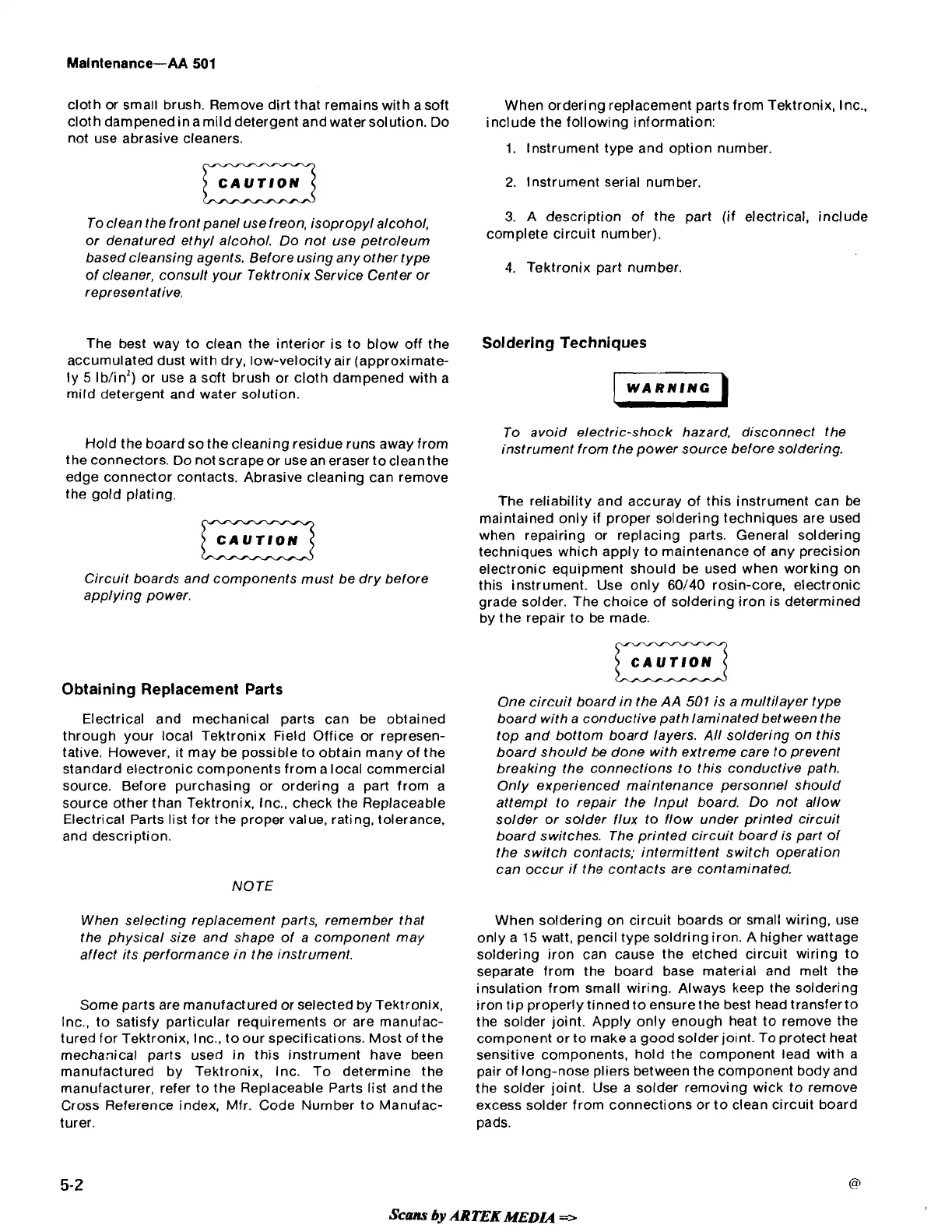